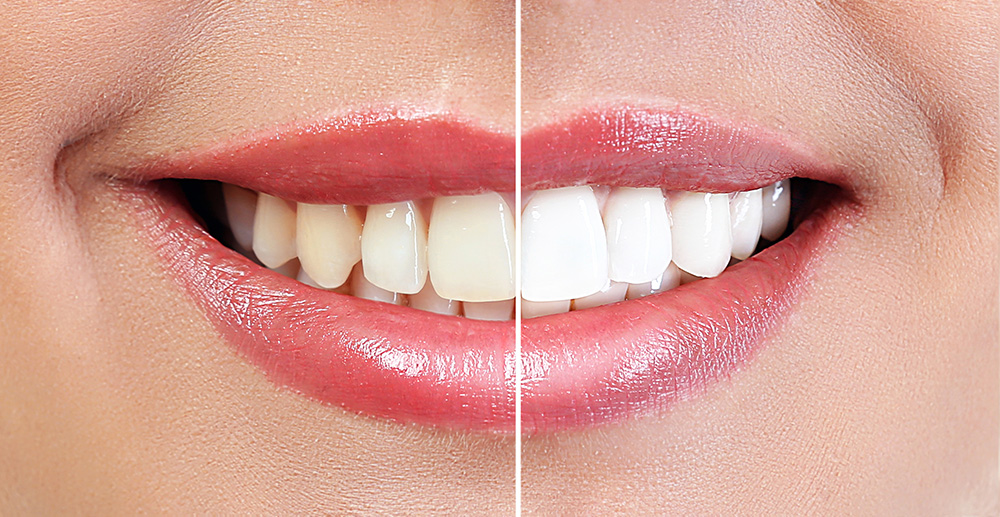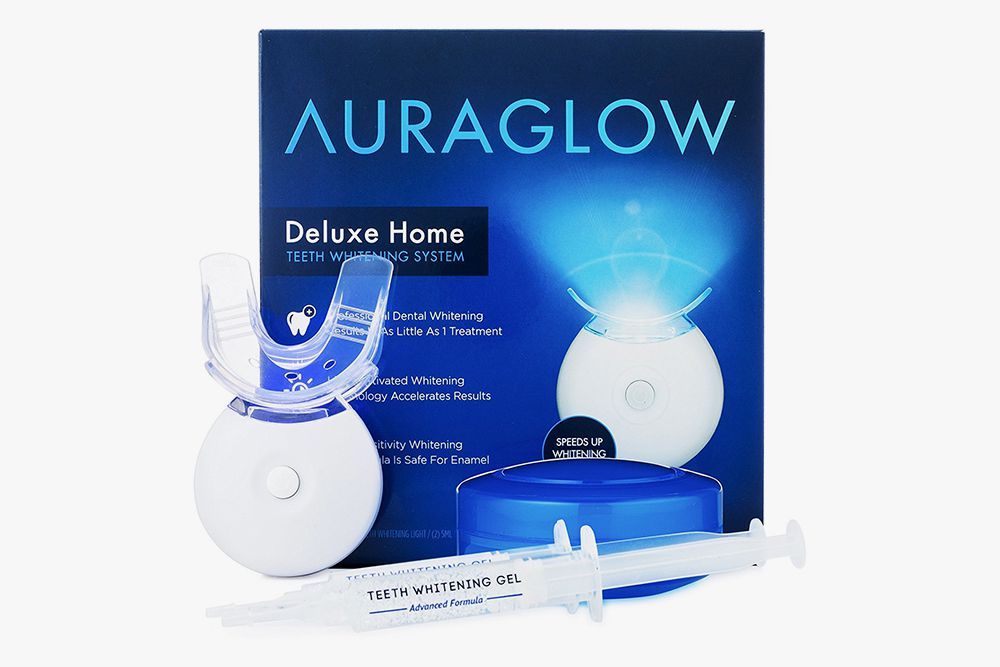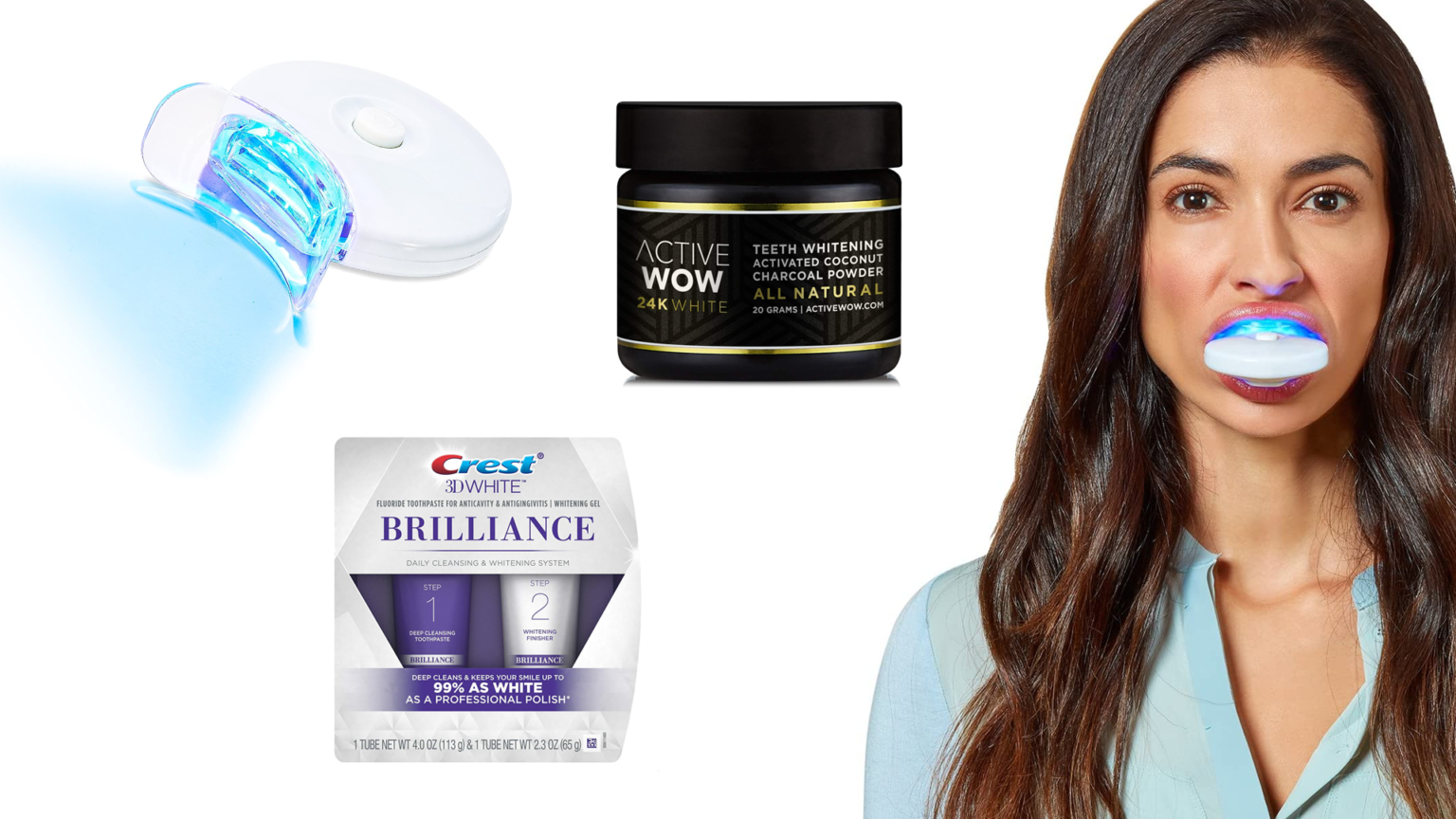
Over time, the teeth will yellow and stain again. Because staining occurs naturally from food and drink, the whitening from strips isn’t permanent. Are the whitening effects of strips permanent?Ī. However, with some strips and some types of teeth, multiple applications are needed before you’ll see a difference.
Best at home teeth whitening professional#
For example, the Crest 3D White Professional Effects strips on our shortlist usually work very quickly. You may even notice some whitening benefits after one or two treatments. FAQĪ. Whitening strips may work very quickly for some people. Others will have to wait longer than that. Some people will see a noticeable whitening after a couple of days of use. For example, if a box with 20 strips costs $25, the cost per strip is $1.25, and your daily cost would $2.50. Once you’ve determined the number of strips included, divide the price of the box by the number of strips so you can compare the cost of different brands. So if the box has enough strips for 10 days of application, that means it has 20 total strips. Sometimes, the product packaging will list the number of days’ worth of strips it contains. Remember that if the box contains 20 strips, that means there are 10 strips for upper teeth and 10 for lower teeth. The box should display the total number of strips it contains. When you read the box, look for the following key information to determine your overall cost:ĭifferent products carry a different number of strips per box or pack. Instead, we urge potential buyers to “do the math” to determine the cost per strip. When comparing the cost of one type or brand of whitening strip to another, don’t just look at the price on the box. If this describes you, you may want to spend the extra money to have the process performed at the dentist’s office. Understandably, some people don’t feel comfortable with their ability to apply the strips as per the instructions on the box. You could permanently damage the enamel on your teeth through overuse. Do not use whitening strips more than once per day, and do not wear them for too long. You can find the recommended amount of wear time in the packaging.Įxcessive whitening strip use could damage the tissues of your mouth. Overuseĭon’t exceed the prescribed amount of wear time for these strips. Reports of sensitivity to the chemicals on whitening strips are a common problem for these products. If these layers are damaged through cavities, micro-fractures, or gum disease, the dentin layer is exposed, causing pain. Enamel and cementum are the primary protective layers. Teeth have different layers that protect the dentin layer and the root. If your teeth are normally sensitive to cold or heat, they’ll probably react to whitening strip chemicals, too. The chemicals used on teeth whitening strips can be dangerous if used improperly.įor example, they shouldn’t touch areas of the mouth other than the teeth.Īvoid touching your gums with whitening strips for extended periods. The product box or literature should provide information about the concentration of the chemicals. Specifically, the strips should contain 10% or less of hydrogen peroxide or 35% or less of carbamide peroxide. The American Dental Association (ADA) recommends a limited concentration of chemicals in whitening strips. Here are some additional safety concerns to understand: Concentration of chemicals Be sure to follow these directions precisely. Each product includes its own set of directions for application and use. The quality of the adhesive may impact the success of the whitening process. Notably, not all whitening strips stick to teeth with the same level of effectiveness.Īs described above, teeth whitening strips work by placing chemicals on your teeth. The adhesiveĭifferent strip brands use different types of adhesives. Older teeth whitening strips may have used other chemicals that aren’t as safe as carbamide peroxide and hydrogen peroxide. At the same time, these chemicals are not thought to harm the enamel.

Peroxide-based chemicals remove both superficial and embedded surface stains. Modern teeth whitening strips should contain one of two chemicals: carbamide peroxide or hydrogen peroxide. The strips also contain an adhesive that ensures continuous contact between the chemical and the teeth during therapy.

The chemicals found on whitening strips break down stains on the teeth. This plastic makes the strip flexible enough to fit the teeth yet tough enough to avoid tearing. Teeth whitening strips are typically made of a thin plastic called polyethylene. Pick a strip with an application timeframe that fits your lifestyle.

Some strips are only worn for 15 minutes, while others are worn overnight.


 0 kommentar(er)
0 kommentar(er)
